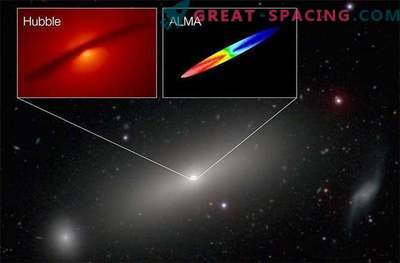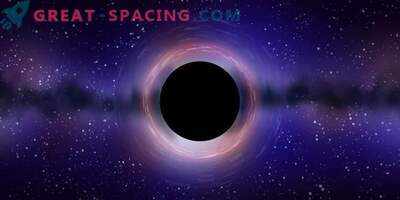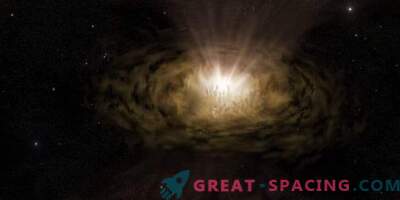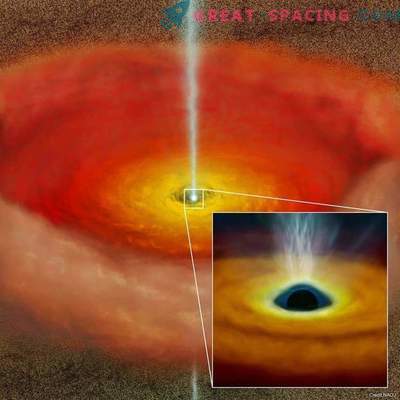
Artistic vision of a binary system containing a black hole of stellar mass IGR J17091-3624 (IGR J17091). The powerful gravity of the black hole (left) pulls gas from the satellite (right). Because of this, a hot gas disk is formed around the black hole.
Scientists have managed to develop an alternative theory explaining how some black holes of stellar mass manage to grow more than others. Three years ago, it was possible to detect gravitational waves for the first time. Since then, 5 more finds have been identified, which are attributed to emissions created by the merging of two black holes of stellar mass. As part of the study, scientists were surprised by the size of black holes that create gravitational waves, as they appeared more than other similar objects.
A large quantity has so far been explained by the theory of the initial point of their nucleation. As if the stars contained by them contained a small amount of metals, which means they managed to keep most of the mass and produce weaker solar winds. But researchers offer a different scenario. A new theory begins with the fact that some supermassive black holes in galactic centers are surrounded by a dust and gas disk. In such galaxies, there are often stars located outside the disk that can evolve to become black holes of stellar mass. It is assumed that sometimes a pair of such stars send their wind to the disk when they turn into black holes. Then the black holes of stellar mass will begin to pull the material out of the disk, increasing in growth.
Scientists note that if the scenario is real, then two merging stars can come to a synchronized rotation, which will lead to a black hole of stellar mass, creating more gravitational waves, which will facilitate the search.











































